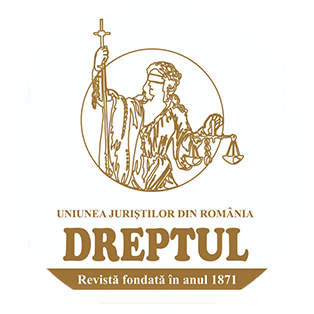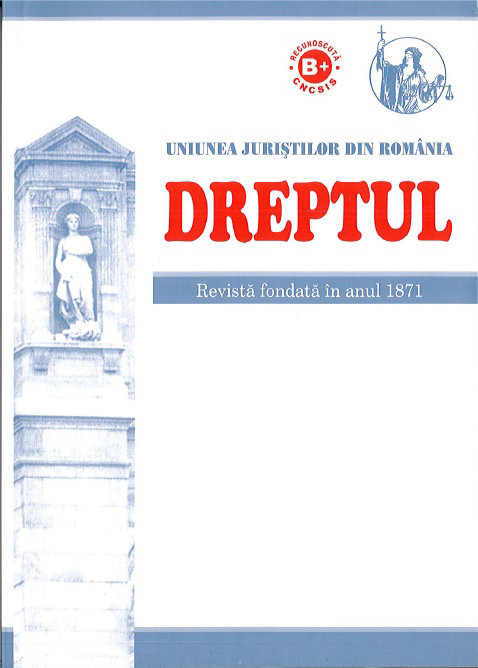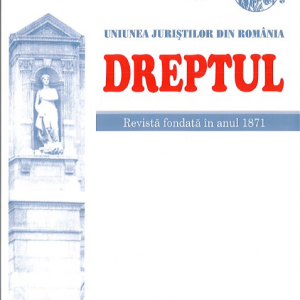Formalism is often a topic of discussion approached by reference to the form of the juridical
act, more precisely to the consent externalized and recorded in a solemn act. This act is frequently
outlined in the form of a notarial act, composed of two parts: the externalization of the manifestation
of will of the parties and the findings of the notary public (recorded in the conclusion of
authentication).
The formalities presuppose any legal procedure which gives rise to a certain form and that
adds safety, effectiveness and opposability to the manifestation of will.
The notarial succession procedure is characterized by three procedural stages and ends with a
conclusion of the notary public: the first part of this decision records the persons participating in the
succession debate and the statements of those present, and the second part contains the findings of
the notary public with regard to the statements of heirs in the first part of the conclusion. This
conclusion issued within the succession procedure has the probative force of an authentic document,
on the basis of which the certificate of heir is issued.
In this study we intend to make a brief presentation of the procedural formalism, of the
formalities prior to and subsequent to the conclusion of the civil juridical act.
The notarial deed is the result of a concurrence between the manifestation of will of the party
(or parties) and the obligations of the notary public which have a single result: the elaboration of a
juridical act in accordance with the legal norms and good morals.
The analysis is relevant to allow a comparative look between the formalities necessary for the
elaboration of a notarial act and the formalities of the notarial succession procedure, which is
completed by the certificate of heir, an act of a special legal nature.
CONSIDERAȚII ÎN LEGĂTURĂ CU FORMALISMUL ACTELOR JURIDICE. ASPECTE DIN PRACTICA NOTARIALĂ ROMÂNĂ ȘI FRANCEZĂ
15.00lei


